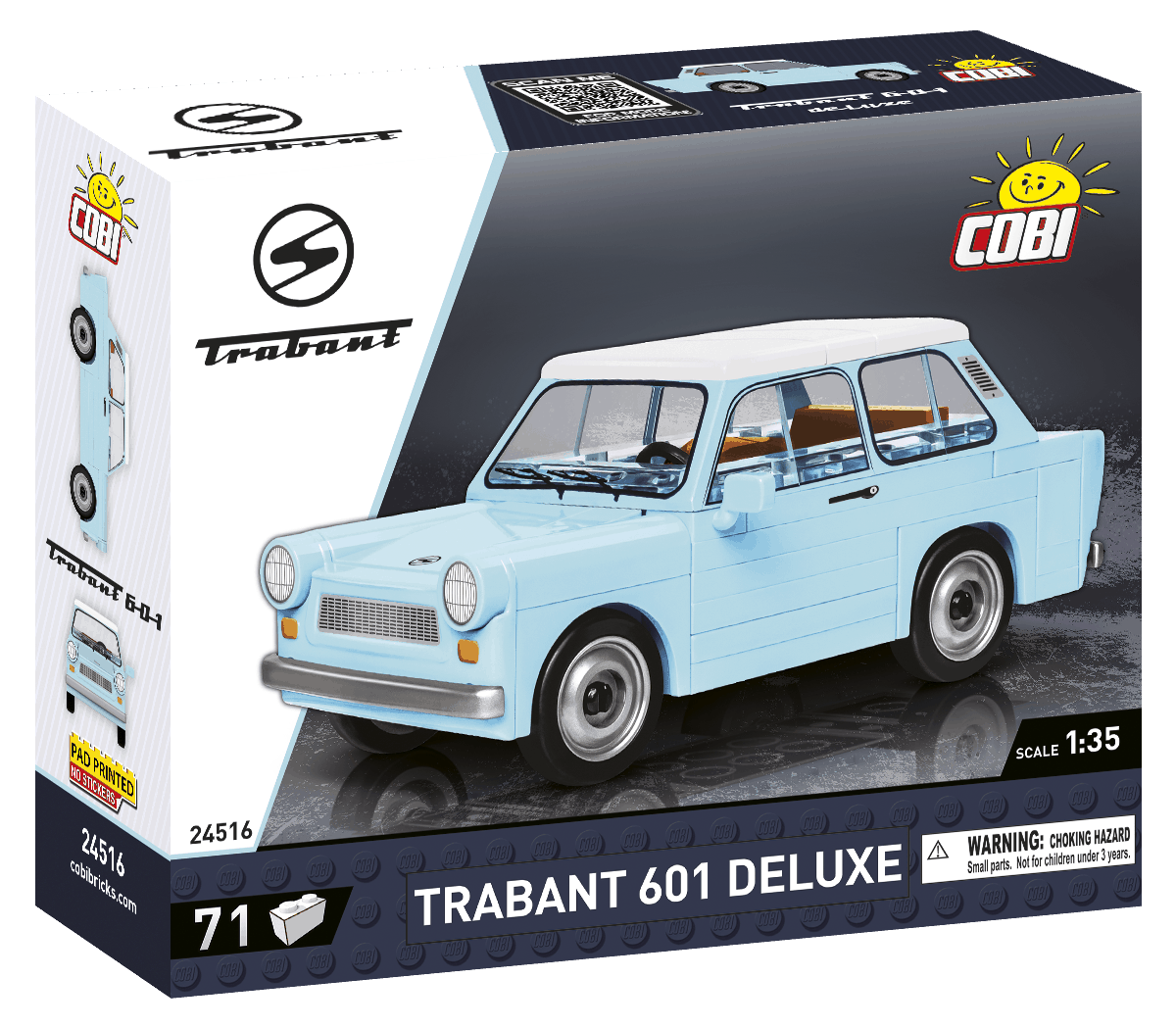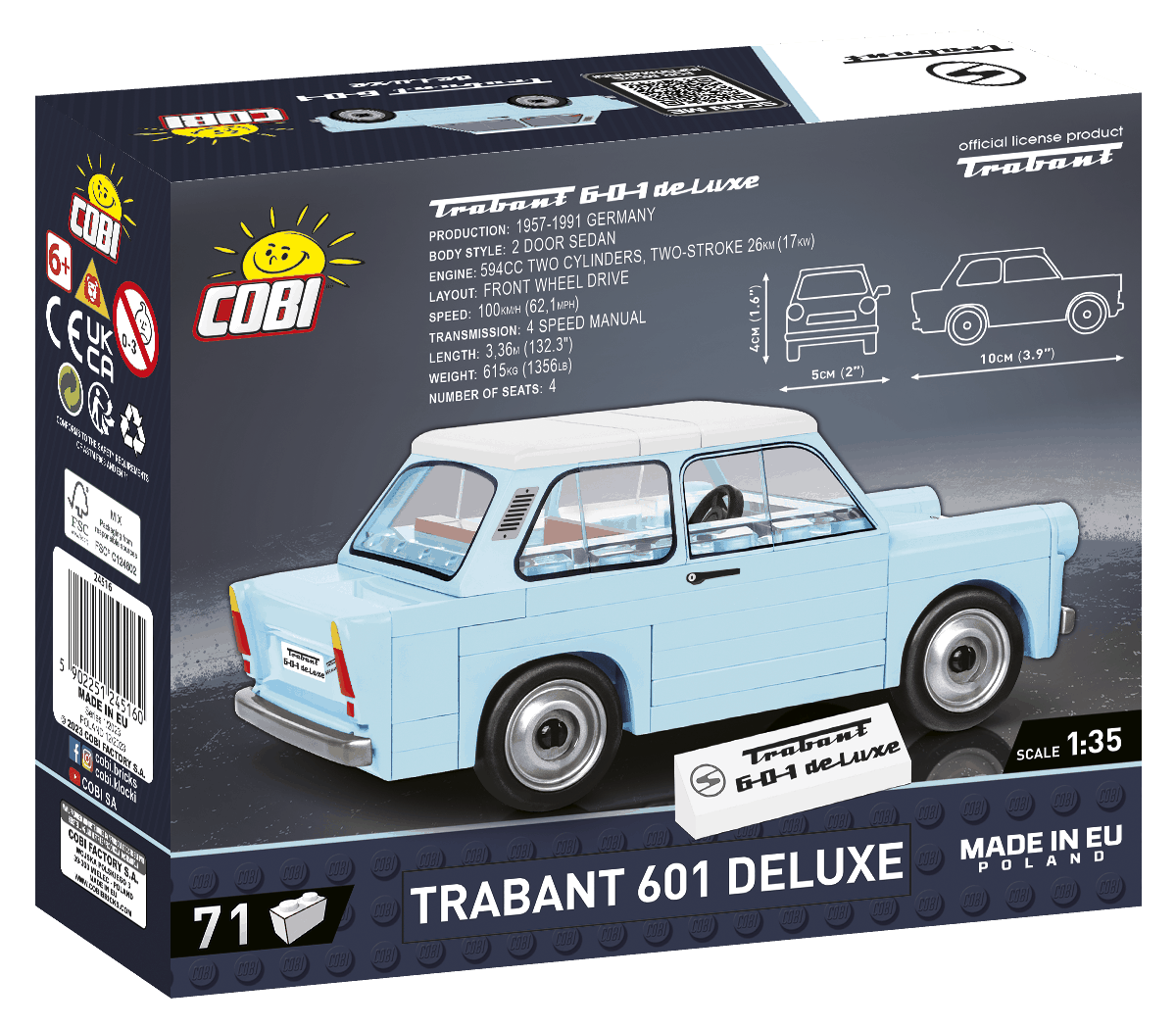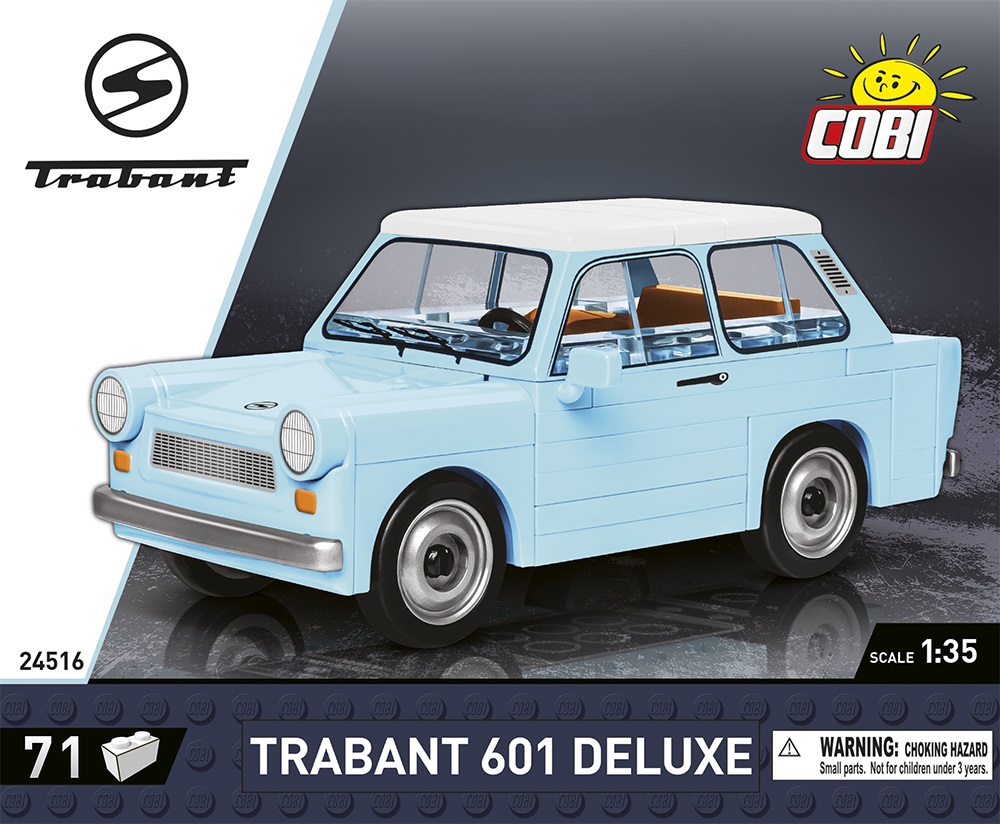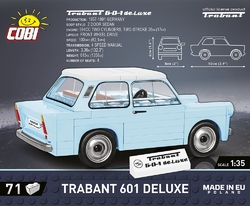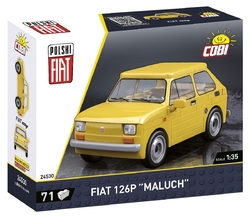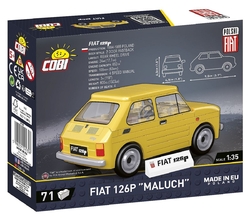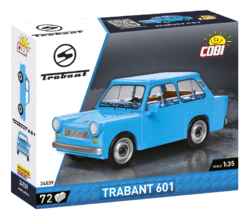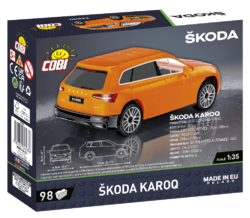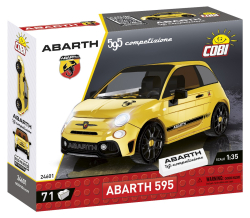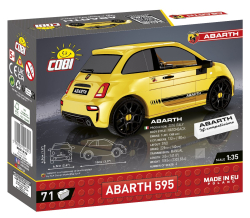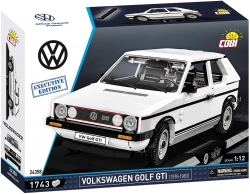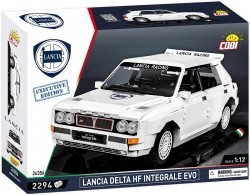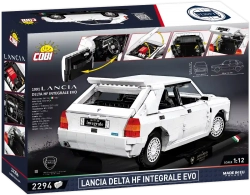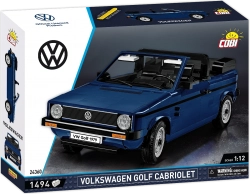Kit of the car model of the East German car manufacturer Trabant 601 in a scale of 1:35. The toy car is produced in blue. When assembled, the model measures over 10cm long, 5cm wide and 4cm high. The glazing is made of transparent plastic and the toy car can be easily moved while playing. The vintage cars from the Youngtimer collection are so charming that you'll want to collect them all.
Show more
0 %
(0 Ranking)
309 Kč
pcs
Add to Cart
In stock - ready to ship (2 pcs)
| List Number: | COBI-24516 |
| EAN: | 5902251245160 |
| Warranty: | 24 months |
| Manufacturer: | COBI |
| Loyalty Points: | 5 |
| Price excluding VAT: | 255,00 Kč |
Description
Parametres
Files and Links
Discussion
Reviews

You know that:.png)
- After World War II, the German luxury car factory HORCH in Zwickau, Saxony, came under the occupation of the USSR. The Soviet Union looted or destroyed the factory equipment and a new company, VEB Sachsenring Automobilwerk Zwickau, was established within the DDR on the ruins of the original car factory.
- In the 1960s, there was a growing number of disgruntled Eastern Bloc residents who tried to get to the West by any means possible. This situation contributed significantly to the GDR's decision to urgently begin development of a cheap car for the working people that would put the DDR on its wheels.
- Eventually, in 1955, a predecessor to the Trabant was created, the AWZ P70, which had a body made of Duroplast. It was very close to the legendary Trabant.
- The design of the Trabant was based on the technology of the West German Lloyd LP 300/400.
- Due to a shortage of high-quality steel sheet, it was decided to use cotton-filled laminate for the bodywork and so the story of the legend began to be written on 7 November 1957, when the first 50 Trabants 500 rolled off the production line.
- In 1964, the body was redesigned as 601.
- The limits of the socialist economy did not allow for further modernisation of the cars and production technologies, and so, for example, the quality control of the new engine was not carried out in the diagnostics department, but by the "experienced" ear of the engine plant foreman.
- The name Trabant is said to have come from the word dráb (soldier) and entered German with the Hussite armies as "drabant", or also as a satellite.
- In 1977 the price of the car was 36 500 CZK which was 15 times the salary at that time. In current prices, a Trabant today would cost about 24 500 €.
- However, acquiring a new car was not easy. Some customers waited up to 10 years for a car after registering on special waiting lists. In some Eastern Bloc countries, the regime was so strict that the purchase of a new car had to be approved by the employer and the local authority.
- The waiting period for a new Trabant was up to 10 years.
- Trabant cars may be laughed at, vilified or made fun of, but perhaps no other European car has become such a famous legend.
- The laminate body construction of Duroplast was 50 years ahead of its time and even today, although composite material technology is much more affordable, modern cars are not made of laminate except for supercars.
- The 601 series cars were produced until 1990.
- A total of 3,100,000 units were produced in various versions.
Technical parameters: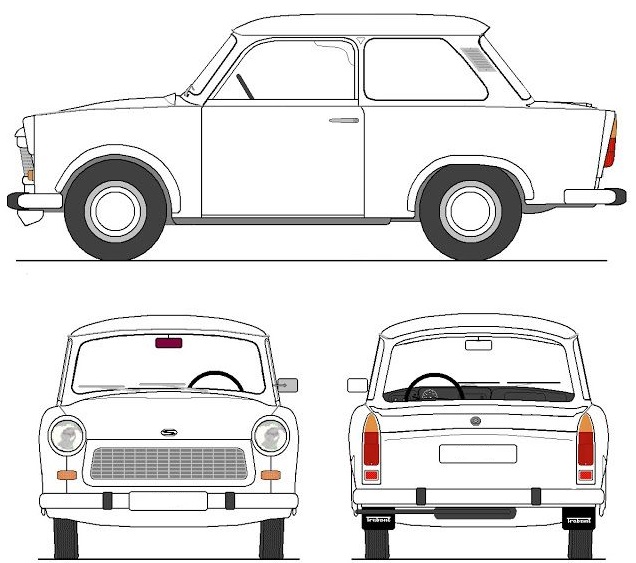
- dimensions: length 3.36 m, width 1.5 m, height 1.44 m
- weight 615 kg
- power unit two-stroke two-cylinder petrol engine 600 cc with an output of 19 kW
- maximum speed 100 km/h
- acceleration from 0-100 km/h 25s
- number of gears 4 forward + 1 reverse
- fuel consumption 6l / 100 km
- fuel tank capacity 26 l
Jeremy Clarkson on the Trabant car:
"The Trabant is like a car that decided to make its drivers' jobs uncomfortable, but otherwise it's an icon."
Assembly instructions
| Number of figurines | 0 pcs |
|---|---|
| Version (series) | 01/2024 |
| Dimensions after assembly | 10 x 5 x 4 cm |
| Package weight | 120 g |
| Box dimensions | 17 x 14 x 5 cm |
| Scale | 1:35 |
| Recommended age | 6+ |
| Number of pieces | 71 pcs |
| Contains luminous blocks | No |
| Material | Plastic |
| Compatible with other brand of kits | Yes |
| Collection | Youngtimer |
Discussion is empty.
There is no review for product yet









